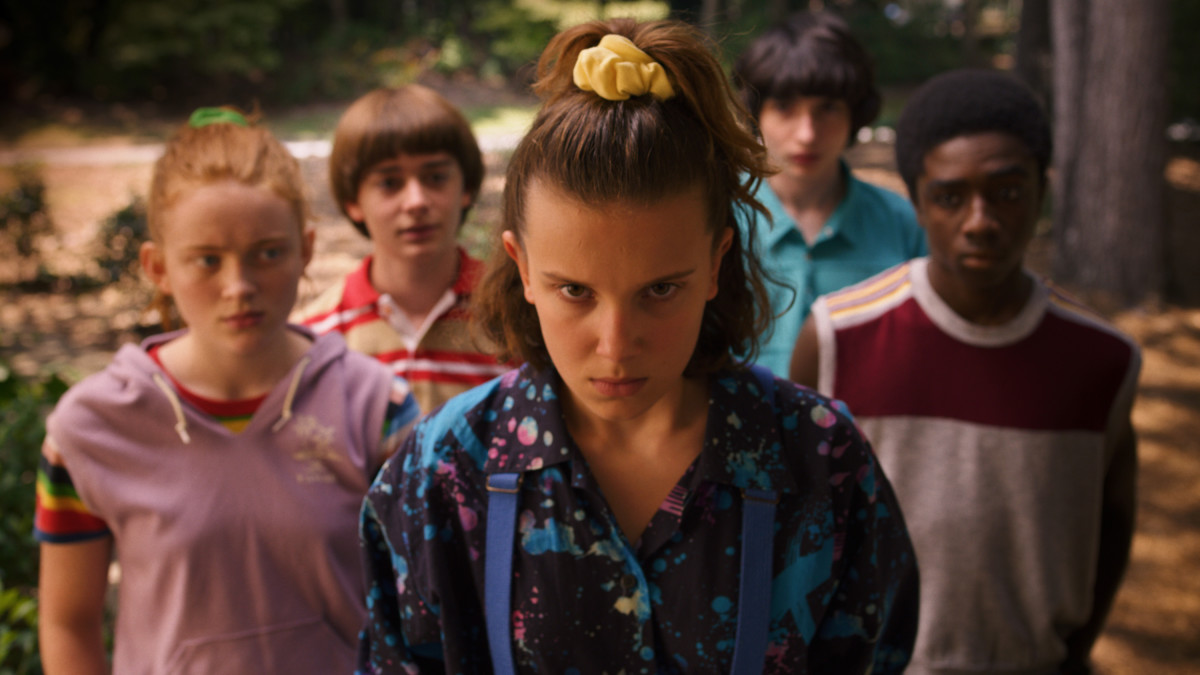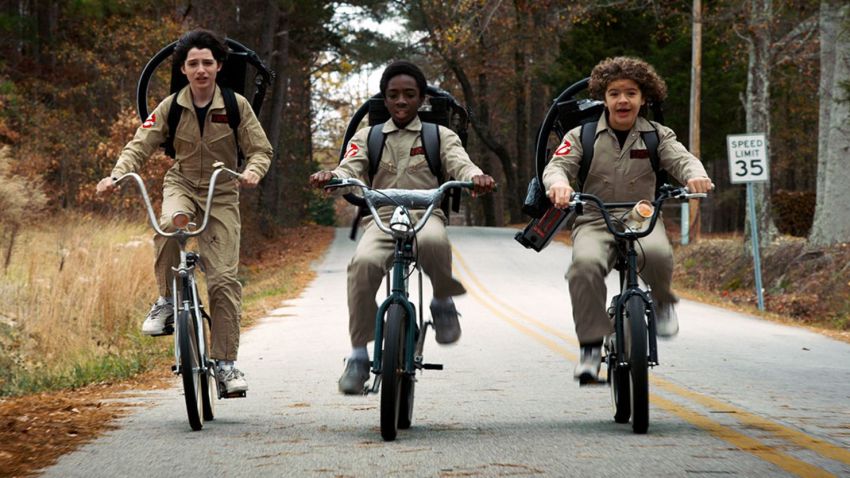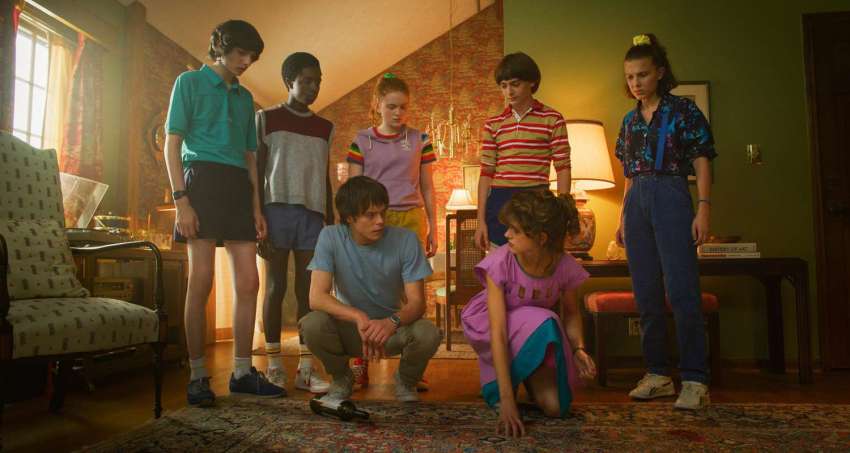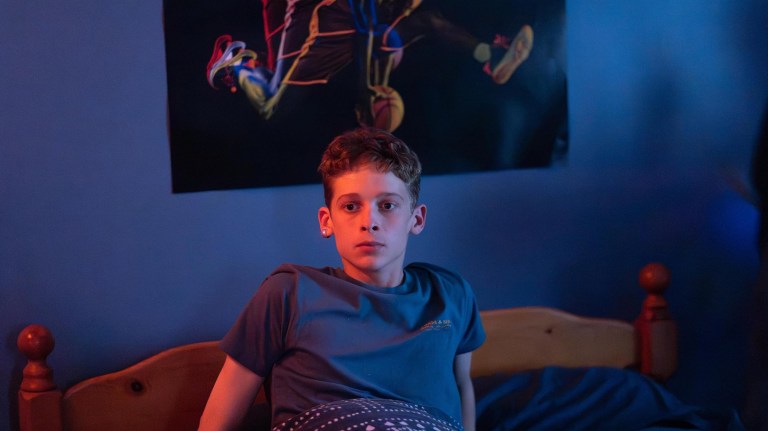
‘Stranger Things’ Is Our Last Great Childhood Escape From The Digital Age–Here’s Why
We all love the ’80s throwbacks in Stranger Things, but the show actually taps into something deeper: the way kids used to just be kids.
Netflix’s Stranger Things struck a nerve that goes deeper than monster scares or retro fashion. Sure, the show wallows in 1980s nostalgia, but what really hooks viewers is something else entirely: its vision of a childhood that’s basically extinct. These Hawkins kids live in a world where adventure happens without adult supervision, where real danger exists, and where friendship means showing up physically, not just digitally. The monsters are window dressing. What the show actually captures — and what audiences desperately miss — is the experience of growing up when kids could vanish for hours without causing panic, when problems required actual ingenuity to solve, and when boredom led to discovery rather than screen time. Stranger Things works because it taps into mourning for something most people never realized they’d lost.
It Shows Kids With Actual Territory to Explore
Hawkins, Indiana, functions like a time capsule of childhood geography. Kids hop on bikes and disappear into the woods for entire afternoons. They establish hideouts in abandoned places. Parents expect them home “when the streetlights come on” — not when GPS trackers start pinging. This wasn’t some magical 1980s phenomenon. For decades, maybe centuries, childhood meant having actual territory to explore without constant oversight.

Fast-forward to now. Modern kids live under surveillance that would make Cold War spies nervous. Every movement gets monitored. Every destination requires approval. Playgrounds have been litigation-proofed into boring safety. The same woods that Mike and Dustin treat as their personal adventure zone would send today’s parents into helicopter mode. When Will disappears, it takes a full day before serious panic sets in. Try that with a contemporary parent whose kid doesn’t answer a text within an hour.
The show’s most powerful shots aren’t the monster reveals — they’re kids pedaling into darkness, climbing through storm drains, setting up walkie-talkies in basements that adults never visit. These spaces feel archaeological now, remnants of when childhood had physical boundaries instead of digital ones.
Problems Used to Require Real Solutions Instead of Google Searches
Watch the Hawkins kids tackle a crisis. No smartphones to Google “how to fight interdimensional monsters.” No adults on speed-dial. No safety net beyond their own resourcefulness. When Dustin finds that weird slug-thing, he has to figure out what it is through observation and library research. When they need to contact the Upside Down, they build their own sensory deprivation setup using a kiddie pool and salt. Old-school trial and error.

Contemporary childhood operates differently. Every question has instant answers. Every problem comes with tutorial videos. Every scary situation can be livestreamed for immediate adult intervention. Kids today rarely experience that raw problem-solving where failure has real consequences and success requires genuine creativity.
The difference shows up in how victories feel earned. When the Stranger Things kids succeed, they’ve genuinely figured something out through experimentation and courage. Their mistakes matter because there’s no digital undo button, no parental monitoring app swooping in to fix things. They live with consequences in ways that feel foreign to a generation raised on video game respawns and helicopter parenting.
Friendship Meant Actually Showing Up
The intense bond between Mike, Dustin, Lucas, and Will comes from physical presence and shared experience. They spend hours together in basements, on bike rides, during D&D campaigns — interactions requiring full attention and actual presence. When they fight, they have to work it out face-to-face. When they make up, it happens in person, not through carefully crafted texts.
Today’s kids maintain constant digital contact but often struggle with sustained, focused attention on each other. Friendship becomes a series of notifications, likes, and group chats rather than shared adventures. Every moment gets potentially documented, shared, or interrupted by other digital demands. The presence required to make deep connections is harder to come by when everyone’s time is mediated by screens.
The boys risk everything to save Will. Their devotion carries extra weight because friendship demanded everything from them — time, attention, physical presence, and actual courage. They can’t just change their relationship status or block someone they’re fighting with. Working through conflict requires the messy, complicated work of showing up and dealing with each other as whole human beings.
Boredom Led to Discovery Instead of Screen Time
The adventures in Stranger Things begin with something nearly extinct: productive boredom. The kids don’t have scheduled activities or entertainment algorithms feeding them content. Their discoveries happen because they have mental space for curiosity and temporal freedom to pursue weird hunches. Finding Eleven, investigating the lab, stumbling into the Upside Down — all emerge from restless energy seeking outlets.
Modern childhood operates on packed schedules. Between structured activities, screen entertainment, and academic pressure, kids rarely experience open-ended time that allows genuine discovery. Boredom gets treated as a problem requiring immediate solutions rather than a creative state worth inhabiting. The result is childhood without the psychological space necessary for real curiosity about the surrounding world.
The show captures what gets lost in over-structured living: understanding that emptiness creates possibility. The basement D&D sessions, aimless bike rides, and willingness to investigate strange sounds all emerge from having time to kill and imagination to guide exploration. When every moment gets pre-planned or digitally filled, opportunities for adventure disappear.
Actions Had Weight, and Consequences Couldn’t Be Undone
Most fundamentally, Stranger Things mourns childhood as a space where decisions carried genuine weight and mistakes couldn’t be easily erased. The kids face real danger, make irreversible choices, and live with permanent changes to their world and themselves. This isn’t romanticizing trauma — it’s recognizing that growth requires authentic stakes.
The current digital landscape offers unprecedented safety but also unprecedented removal from meaningful consequences. Virtual worlds provide risk simulation without real stakes. Physical safety measures eliminate most opportunities for kids to test themselves against genuine challenges. The result: many people reach adulthood having never navigated truly high-stakes situations independently.
The show’s vision of childhood is transformative, not just preparatory. These kids don’t just get older — they become fundamentally different people through experiences that demand courage, presence, and the willingness to face uncertainty with nothing but friendship as backup. It offers both an elegy for what’s been lost and a reminder of what made growing up feel consequential: the understanding that childhood should be more than just killing time until real life begins.









